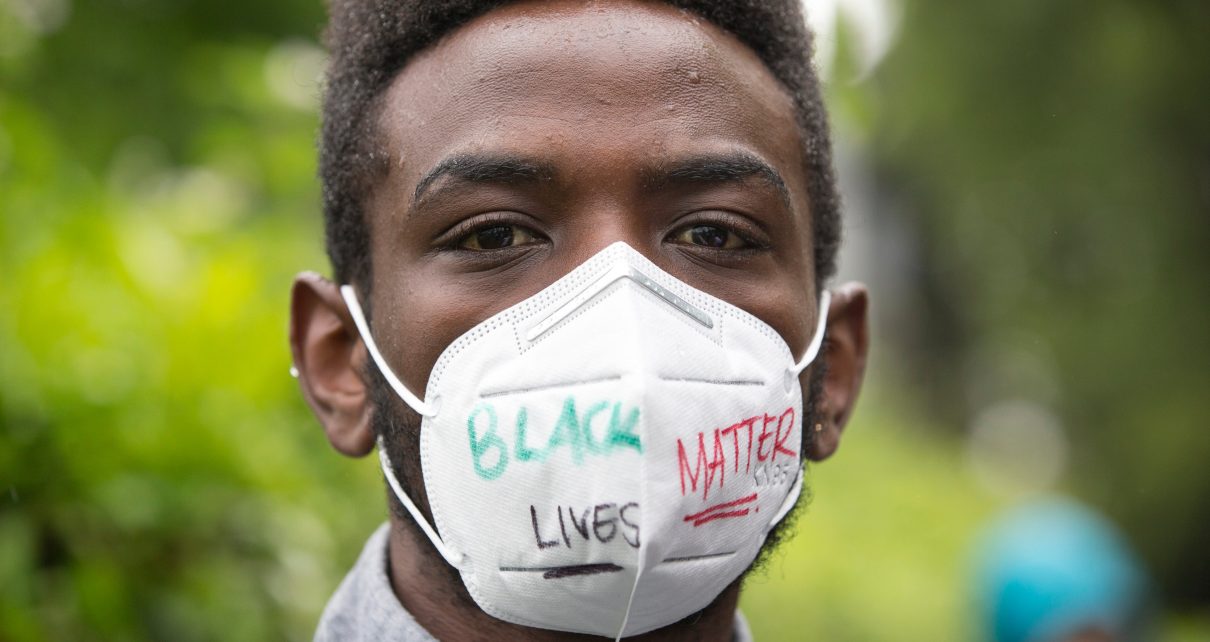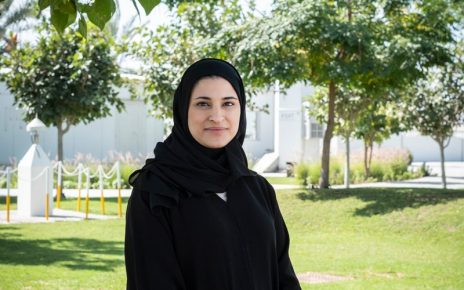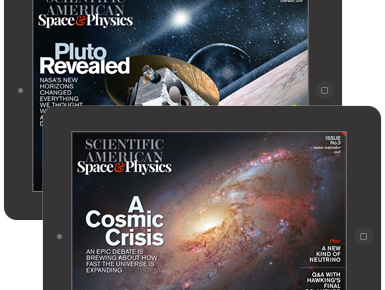The items below are highlights from the newsletter, “Smart, useful, science stuff about COVID-19.” To receive newsletter issues daily in your inbox, sign up here.
Antibodies acquired by survivors of SARS-CoV-2 infections who never showed symptoms [asymptomatic people] “may last only two to three months,” reports Apoorva Mandavilli at The New York Times (6/18/20). The finding, based on measures of the immune responses of 37 asymptomatic people who tested positive for SARS-CoV-2, was published 6/18/20 in Nature Medicine. “The data suggest that asymptomatic individuals had a weaker immune response to SARS-CoV-2 infection,” write the study authors, many of whom are affiliated with Chongqing Medical University in China. Mandavilli writes that the researchers “did not take into account protection offered by immune cells that may fight the virus on their own or make new antibodies when the virus invades,” referring to so-called T cells and B cells, respectively.
Scientific American’s July issue features a brilliant visual guide to the biology of SARS-CoV-2. With prose and the best detailed SARS-CoV-2 biology graphics I’ve seen yet, the piece describes how the virus invades our cells, how it reassembles inside us, our immune response to the virus, how the virus responds to our immune attacks, and the biology of various drug targets and possible vaccine mechanisms. By Mark Fischetti, Veronica Falconieri Hays, Britt Glaunsinger, and Jen Christiansen. Stay tuned online next week for an interactive version of this piece.
Test data collected in Seattle, Minneapolis, and Boston in the past week or so suggest that the recent demonstrations for racial justice and against police violence have not caused “significant new outbreaks of” COVID-19, reports Robert Roy Britt on Medium (6/17/20). And case rates are dropping in other big U.S. cities where similar demonstrations have taken place, he writes. “Right now, I’m cautiously optimistic that the fact that the protests were outdoors and most people were wearing masks did in fact protect the vast majority of people,” says Dr. Roger Shapiro, an immunologist and infectious diseases researcher at Harvard’s T.H. Chan School of Public Health, who is quoted in the story.
An engaging New York Times profile of widely quoted and widely consulted Virginia Tech aerosol scientist Linsey Marr describes how she got into studying the airborne transmission of viruses, including SARS-CoV-2. “There are not many people who are trained engineers who also study infectious disease,” she is quoted as saying. Marr is “among a small but vocal group of scientists who are calling for more attention to be given to the airborne route of coronavirus transmission,” writes Tara Parker-Pope. The airborne route refers to small, floating virus particles that we might inhale, not the large droplets emitted when we cough or sneeze and that typically fall to the ground or another surface (6/12/20).
A 6/16/20 story by Knvul Sheikh in The New York Times offers these tips for preventing SARS-CoV-2 transmission when you use the bathroom: Shut the lid before you flush (assuming the toilet has a lid and it’s not an automated flush), don’t touch your face, keep your mask on in public restrooms, and wash your hands frequently and thoroughly. The story is based on new finding published this week in the journal Physics of Fluids. The study suggests that toilet flushes generate a nearly three-foot-high cloud of droplets that can carry particles of the virus shed in feces, Sheikh writes. The “fecal-oral route can lead to spread of disease,” as was documented during the original SARS coronavirus outbreak of 2003, Sheikh reports. That said, “…it remains unknown whether public or shared toilet are a common point of transmission of the virus,” she writes.
Based on a weekly CDC publication called COVIDView, Dr. Thomas Frieden, former director of the U.S. Centers for Disease Control (CDC), tweeted this thread on 6/13/20 describing the current state of COVID-19 in the U.S. Frieden calls COVIDView the “single best source of information on the pandemic.” He notes the U.S. trend you’ve probably seen elsewhere in the past few days: “For the first time since tracking began, test positivity rates are increasing. This is bad news. In the face of stable or increasing testing, this suggests that spread has been increasing for at least a week,” Frieden writes. He recommends strong, targeted public-health efforts to find where the virus is spreading so it can be stopped “with minimal negative economic impact, saving lives & livelihoods…public health isn’t blocking economic recovery, it IS the road to recovery.”
Looking for some quick words of support from a therapist? Spend a few minutes scrolling through this cartoon feature by Julia Rothman and Shaina Feinberg at The New York Times (6/18/20).
“…Right now, with the novel coronavirus raging across the country and world, a sudden loss of smell, especially in a city with large infection rates, is more likely associated with COVID-19 than anything else,” writes Leslie Kay, a neuroscientist at the University of Chicago, for Scientific American. The 6/13/20 essay describes research looking into how the virus attacks the sense of smell. Preliminary findings suggest that SARS-CoV-2 is not invading certain neurons that communicate smell information in the brain, the essay states. Instead, it looks like the virus causes problems with smell information, possibly by causing inflammation in sensory cells lining upper nasal passages, before it reaches the brain, Kay writes.
If you like to take quizzes, here is an 8-item one related to the novel coronavirus. By Toby Bilanow at The New York Times (6/12/20).




